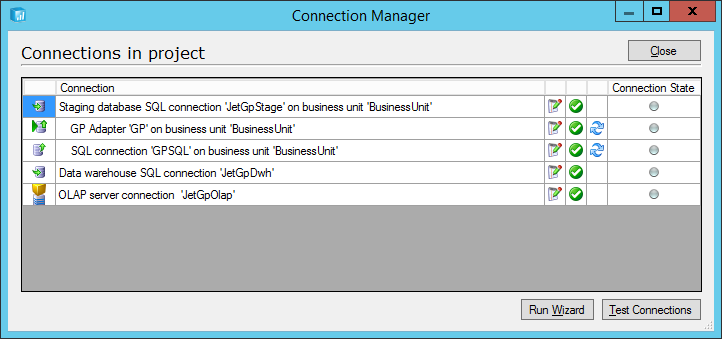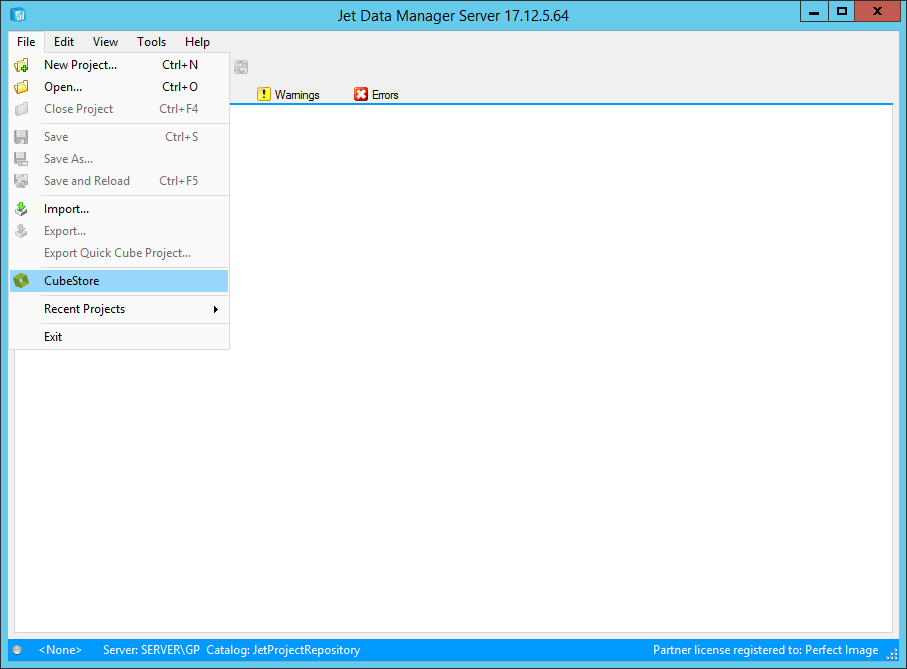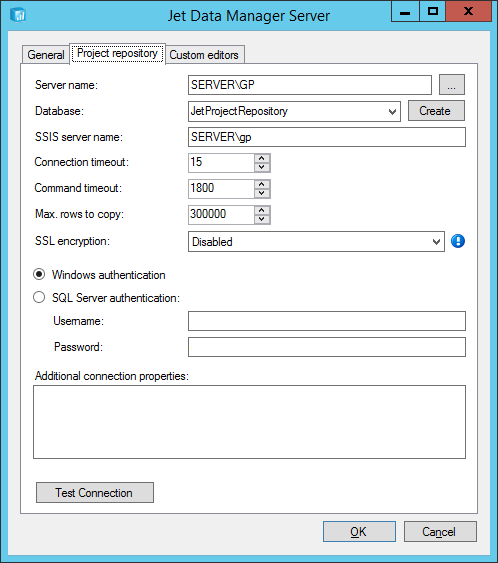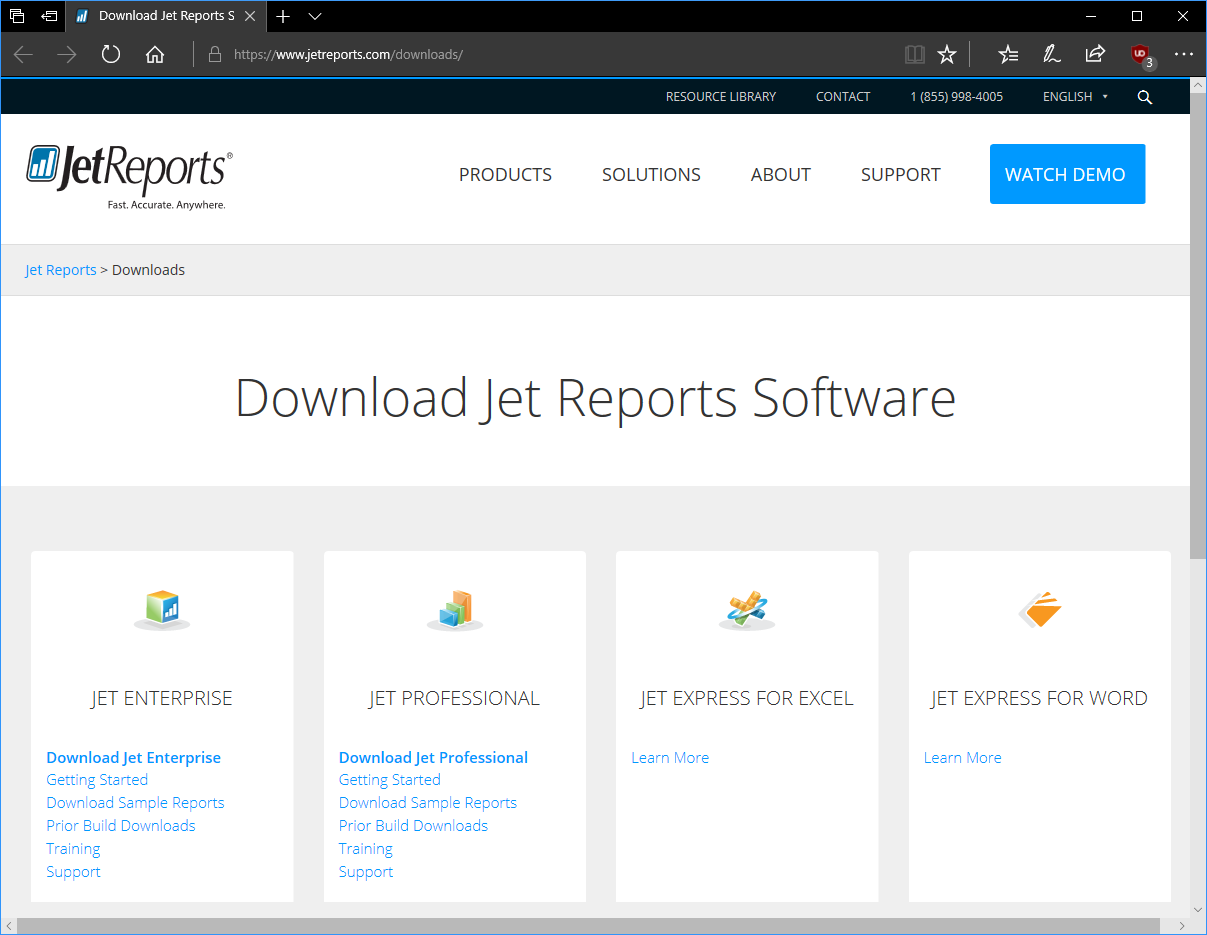 This post is part of a series of posts on Jet Reports.
This post is part of a series of posts on Jet Reports.
So far in this series, I’ve covered the installation and configuration of Jet Express and Jet Professional; these are the bottom and middle tier of Jet Reports.
The Express version is the most basic one and only has a, very simple, client installation process; the Professional version is a little more complex and has an optional server component.
Jet Enterprise is a much more complicated installation and configuration than either of the lower tier versions. That said, while being more complicated than the others, it is still a fairly simple process.
With Jet Enterprise, the server components are mandatory and are where the data warehouse and cubes are built and deployed. I will be covering all of this over the coming posts, but the first item to cover is the installation. To install the software, the first thing you need to do is download the software from Jet Reports:
Continue reading “Implementing Jet Enterprise: Installation”
 This post is part of a series of posts on Jet Reports.
This post is part of a series of posts on Jet Reports.







